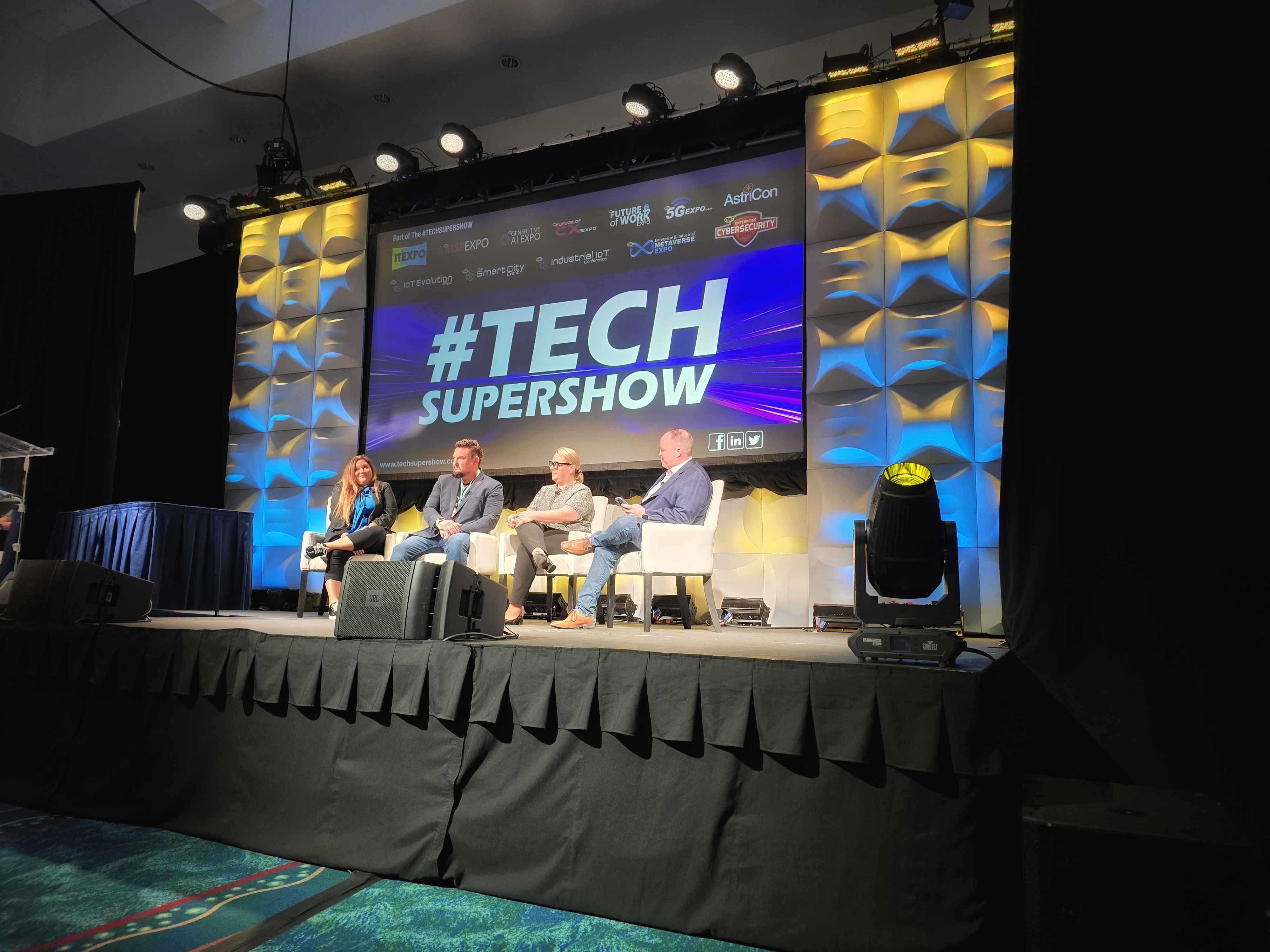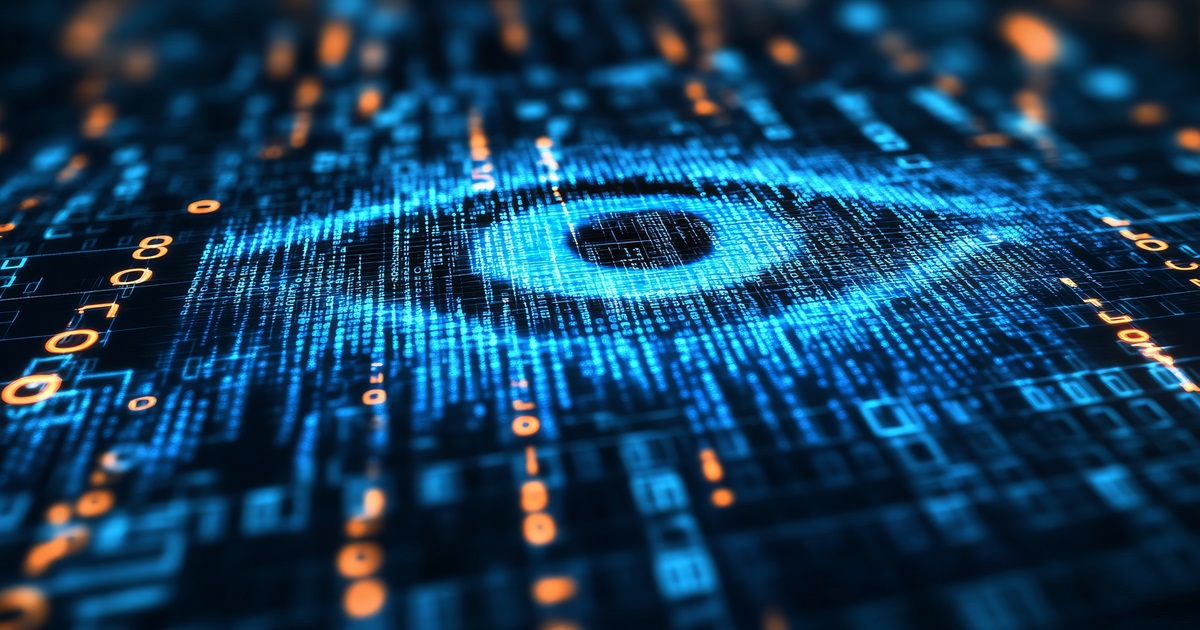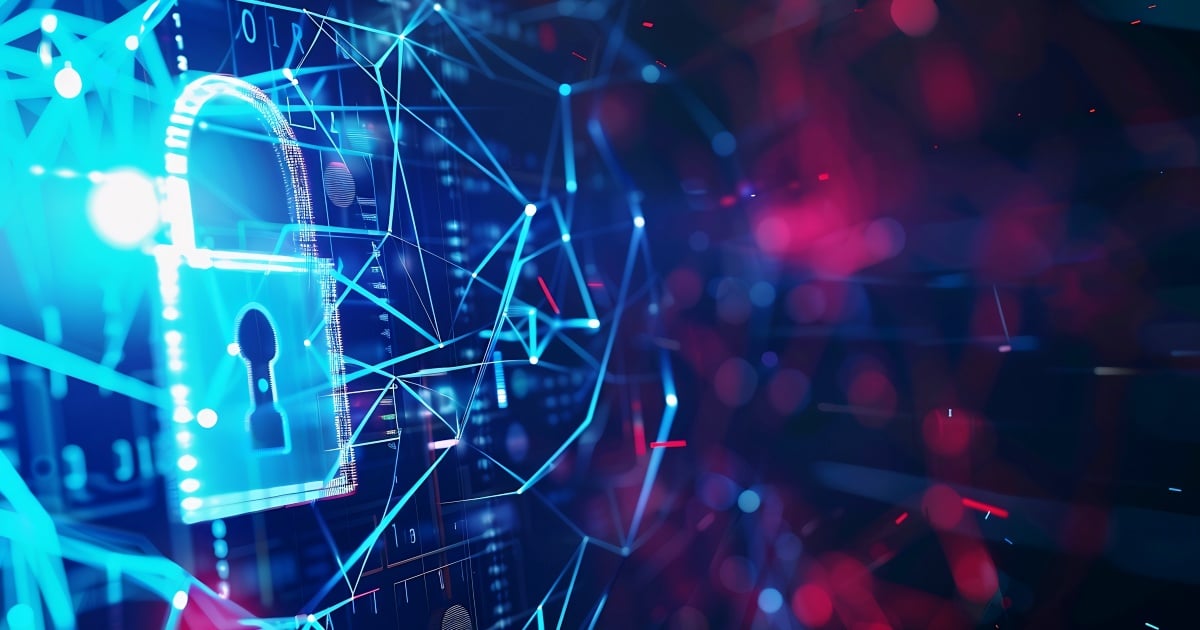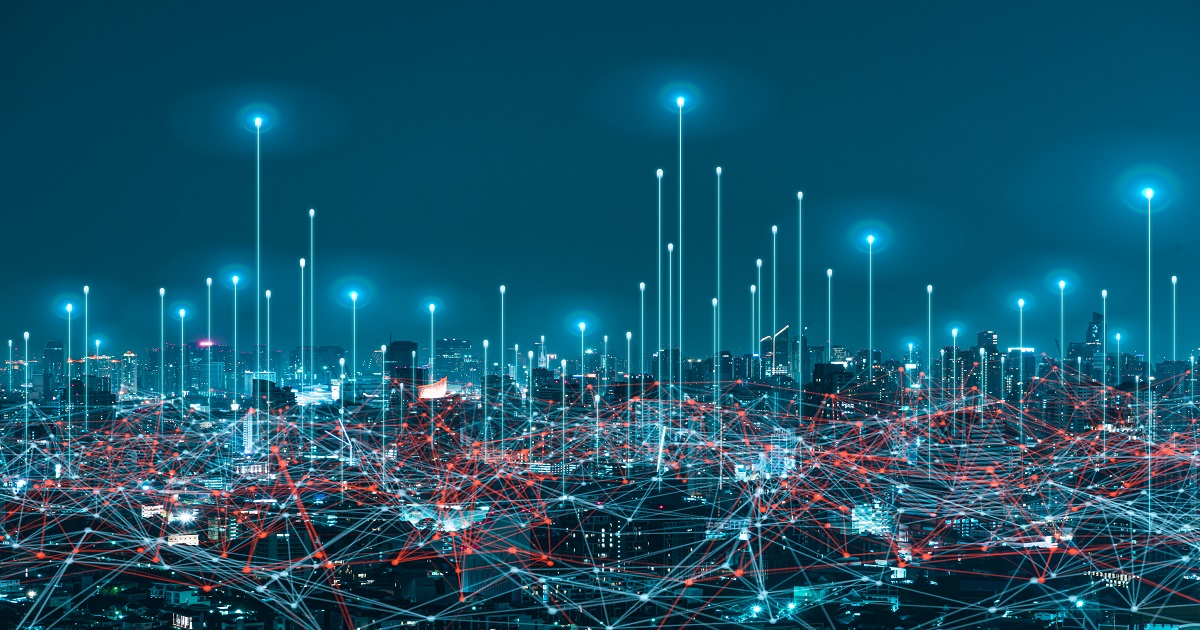
It’s Day 2 of IoT Evolution Expo 2025, readers!
For those of you joining us here at the Broward County Convention Center in Fort Lauderdale, Florida, we hope you’re having a phenomenal #TECHSUPERSHOW experience.
In the midst of this morning’s busy goings-on, I was able to pop in during a keynote session titled “Building Bridges: IoT, FWA, and Channel Innovations with the Big 3” in the show’s Floridian Ballroom. On stage, led by moderator Ben Harding, Senior Director of Business Development at GetWireless, were three expert panelists: Andrea Delegro, Regional Channel Manager - Southeast at AT&T, Laurie Sharp, Channel Account Manager at Verizon, and Jason Lecorchick, Channel Partner Strategy & Business Development at T-Mobile.
Hence, the “Big 3.”
Below, I’ve detailed several interactions between the panelists in a semi-loose Q&A format:
Harding: “So, how does an MSP in 2025 engage with an MNO; specifically AT&T, to start us off?”
Delegro: “Well, AT&T has several programs that MSPs — IoT specialists, other innovators, you name it — can engage in; this certainly is not a one-size-fits-all business. Everyone’s got a different box to check. We help them check it.”
“Especially when it comes to IoT services,” Delegro added. “Our trusted partners can sell anything in our AT&T business portfolio under the alliance channel. This also covers last-mile services, connectivity bundle for reselling, wholesale and more. There are so many ways to engage; whatever’s a best fit for our partners. We try to make it as easy as possible.”
Harding: “But I will say, how people engaged in 2024 is surely different than how they’re going about it in 2025. Thoughts on that?”
“Well last year,” as Sharp took the mic, “we introduced a new channel: Digital Agent, as part of Verizon Business. This goes part and parcel with ‘checking more boxes’ — I’d ask, do you want to sell with us? By yourself? What’s best for you? The consistent Verizon perspective is that we keep it as simple as possible. In that vein, there’s plenty of motion for those interested in 2025.”
Chiming in, Lecorchick said: “Same goes for us. There are multiple paths we tread with our MSP/CSP partners; as I said, it’s very similar to my other panelists here. For us (and for carriers as a whole), we’re connectivity experts. Partners are looking for expertise. So together, the subsequent engagement is our bridge to long-term connections.”

Changing gears, per Harding: “So, we just talked about how to engage with carriers. Now, let’s talk about products. Fixed Wireless Access (FWA), in particular, was a white-hot topic in 2024; to that end, I’m guessing FWA ain’t going away in 2025.”
The panelists chuckled.
“So, how does FWA look in 2025?” Harding asked. “What elements of it remain the same? What changes, and how?”
Sharp: “It’ll stay the same as in relevance, but it’ll also differ (and become augmented) as Verizon expands the network. As we improve our coverage, there’ll of course be new services. After all, FWA is now a billion-dollar industry. So, we’re expanding our product offerings for our end-user customers.”
Harding: “I’d venture a guess that these terms sound similar for T-Mobile, Jason?”
“Correct,” Lecorchick replied. “We have our FWA solutions; when you boil it down, everything is seemingly about wireless in 2025. Additionally, I’ll say that it isn’t just about backup anymore; for some, FWA as backup is better (and less expensive) than primary. So yeah, that’s more and more crucial as we expand, for sure. Big initiatives lie ahead of us in 2025; we’ve got plenty cooking.”
Harding: “And what about on the AT&T side?”
“AT&T has on-and-off talked about our wireless broadband, but now we definitely talk more about FWA as traction for that offering grows in 2025,” per Delegro. “It’s the underpinning of what enables solutions in the marketplace; involving fixed fiber, fixed wireless, backup, other superb use cases wherein it’s being utilized as a primary, etc. For instance, AT&T Internet Air for Business; how we go to market with that and how we further engage our partners… That’s all expanding. You can expect to see and hear a lot more about it.”
Harding: “So, what I’m hearing is FWA is here to say? Great, all around?”
(A resounding and smile-filled “Yes.” from the panelists.)
Harding: “Excellent. So then, moving on to talk about machine-to-machine (M2M) and IoT in relation to cellular networks and wireless networks for Internet of Things use cases.”
“Historically,” Harding continued, “we’ve seen the evolution in IoT and beyond from 2G to 3G to 4G to 5G. Jumping in more on 5G seems like a safe bet, but what can the industry expect in 2025? More than the same? A steady transition to 6G? What does that look like down the road, you think?”
“Let me break it down to the bare basics,” Lecorchick began explaining. “AI integration for the network, for instance, it’s going to be huge. In addition (with wireless as a primary, touching on that again), IoT itself has got to evolve, too. To fulfill that, we’ve got our 5G standalone products, our Advanced Network Services (ANS) platform — hell, look at our Super Bowl announcement of partnership with Starlink, as well. With 5G and the promise of 6G, there are absolutely exciting changes brewing at T-Mobile.”
Adding to that, per Sharp: “Especially in the IoT/5G space, Verizon plans to iterate on what we’ve already invested and reinvested in for 2025. More options, particularly in the private network space, are a big theme for our team. And before we forget, there is also a satellite (satIoT) play, in terms of connectivity.”
(And as I’ve always said, readers, connectivity is the very lifeblood of IoT.)
“Let’s work together and figure it out,” Sharp concluded.
Delegro: “My answer to the question won’t surprise you. From a network perspective, we will indeed build upon our 5G network in 2025. AT&T has an ultra-reliable network across the U.S.; $145 billion in investments in 5G and fiber, in fact. It’s in our DNA; we’re laser-focused on our core competencies. You’ll definitely see the scalability of our network for IoT use cases in 2025.”
Harding: “Investments across all three networks going forward. Wonderful to hear.”
In the closing moments of the session, the four on stage spoke a bit more about the “right IoT software and hardware,” as well as channel distribution strategies and the expertise required to seize the most value from promising connectivity-centric partnerships within our modern-day, dynamic IoT ecosystem.
Learn more about what’s taking place at IoT Evolution Expo 2025 here.
Edited by
Alex Passett





